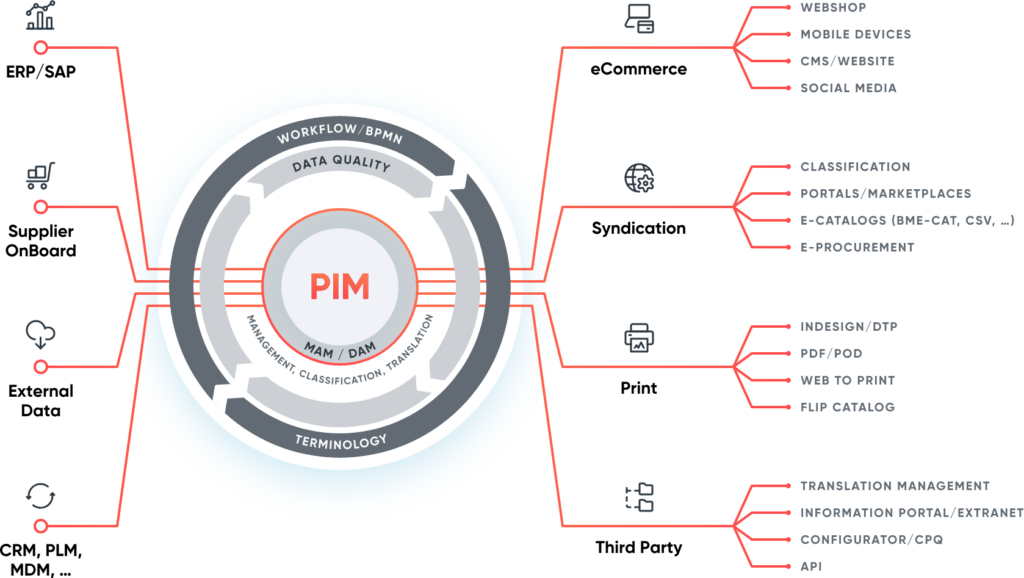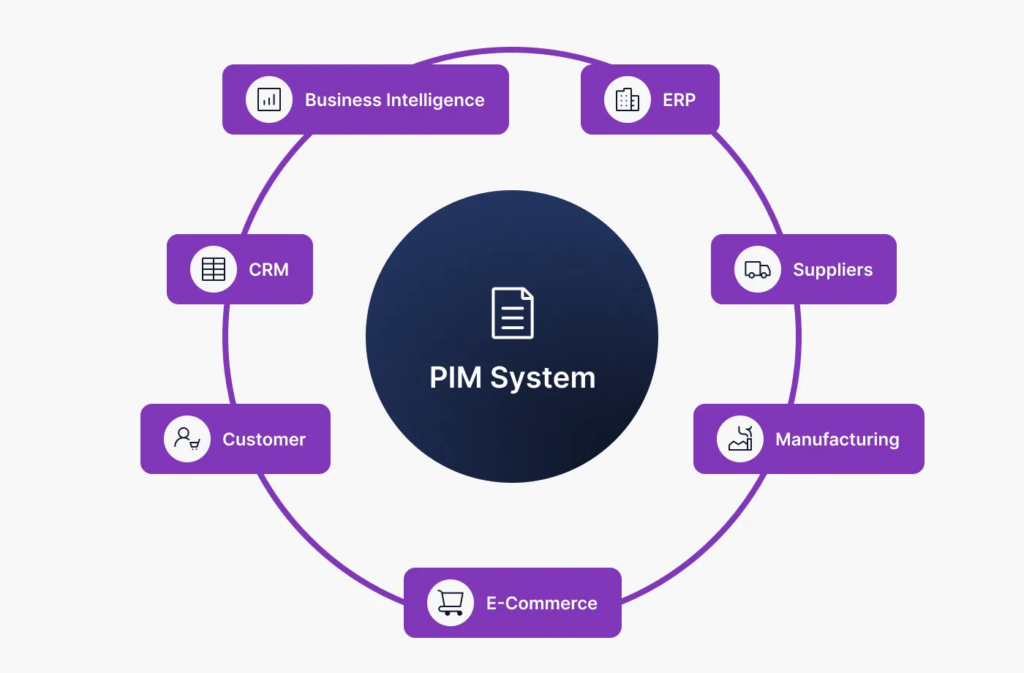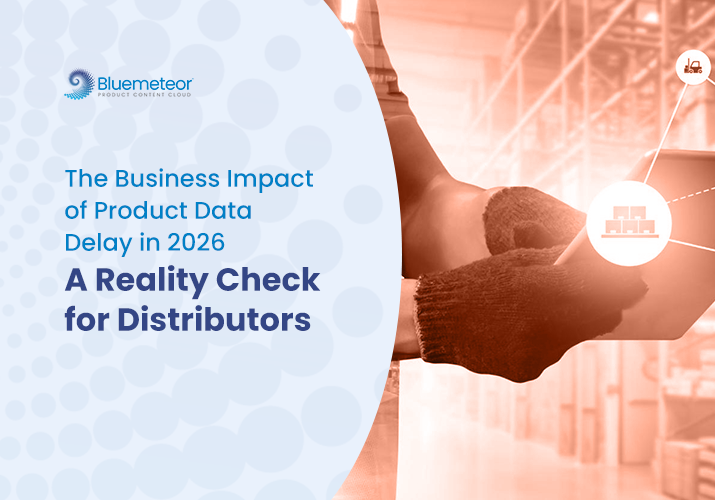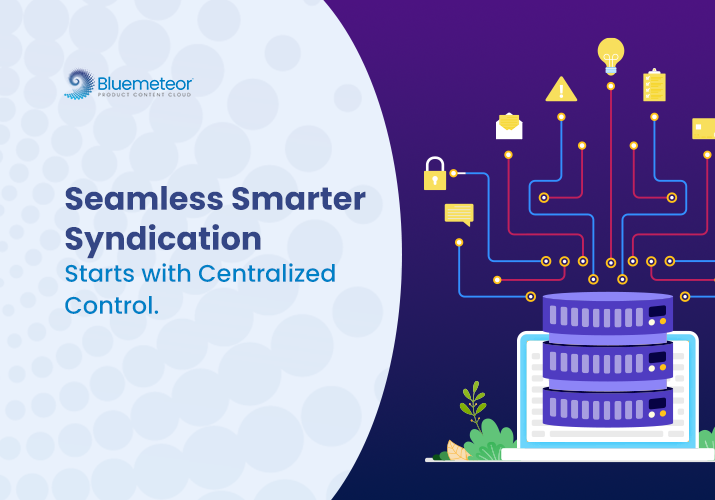How a PIM SaaS Drives Collaboration: Creating a Culture of Collaboration with Product Data Excellence

Product data excellence: The typical “workspace” is in flux. The idea of a team sharing the same physical space to drive productivity is quickly losing steam. The number of people working hybrid was understandably higher since the pandemic hit. However, this trend is expected to plateau at a peculiarly higher percentage even as we return to normalcy.
According to a Statista survey, the percentage of people working remotely before the COVID-19 pandemic was 16%. While this number peaked at 74% during lockdowns, the percentage of employees that will be working hybrid permanently has now gone up to 36%.
The relevance of “collaboration” is not restricted to homogenous teams though. Collaboration between departments (sales with marketing, marketing with merchandising etc.) is just as important. And we’ve not even spoken about other partners and stakeholders yet.
Just as the workspace is undergoing a massive tectonic shift, so are larger organizational associations with partners and stakeholders. The relationship between manufacturers, suppliers, distributors, retailers etc. are all shifting, thanks to the skyrocketing rate of innovation.
Analysts Report
Insights into PIM Challenges, Emerging Trends, and Best Practices for 2024 and Beyond

Here’s why collaboration is key for success in digital commerce
- An improvement in both, output, and quality from team members
- Collaboration leads to innovation and new ideas
- It helps improve efficiency and productivity, and reduce time-to-market
- It fosters an environment of knowledge sharing
- It incentivizes further teamwork
PIM SaaS at the core of Collaboration in Product data excellence
Enterprise spending on Cloud and SaaS infrastructure stands at USD 178 billion as of August, 2022 (Statista).
But that’s the thing about PIM SaaS. It’s more than a project management or collaboration tool that connects teams together. It empowers teams with a mix of product data excellence, high visibility and transparency, workflow control and analytics to come together to power the organization’s growth. The same stands for partners and stakeholders as well
So what is it that makes PIM SaaS so relevant to collaboration?

A Solution to the “Hybrid” Challenge
In a classic chicken or egg scenario, it’s hard to tell what came first, hybrid work or SaaS and cloud solutions. However, one thing is clear. PIM SaaS has gone a long way in solving the hybrid work vs. team cohesiveness and collaboration challenge.
Businesses no longer need to worry about sky-high costs of physical infrastructure. Since the software is on the cloud, all teams need is access to the internet and they’re good to go.
With PIM SaaS not located on any particular physical infrastructure, teams and stakeholders have the freedom to collaborate on product data anytime, anywhere. This drives product data availability across the value chain – from inbound logistics to sales and marketing.
Driving Trust with Data Resilience
Different teams within an organization have varying challenges. Some might be concerned about updating product attributes, specification sheets, data files etc., while others would be more concerned about the time-to-market that gives the company the competitive edge.
However, the truth of the matter is that these, and many other aspects are closely connected and heavily reliant on product data.
By creating a single, reliable, and up-to-date source of truth, PIM SaaS gives teams a centralized source of truth. Whether its merchandising, sales, marketing or any other team, a good PIM system eliminates back and forth, and gives teams the confidence of working with accurate and current data.
With consistently reliable product data delivered over time, teams begin to trust, not just the data, but data stewards as well. This enables teams to be more decisive with their decision making and eventually, leads to customers developing a sense of trust as well.
PIM SaaS as a Collaboration Platform
“Communication is at the heart of eCommerce and community” – Meg Whitman, Former President and CEO of Hewlett Packard.
PIM SaaS drives collaboration in key businesses areas, not just with high quality data, but with complete control over process flow as well. This doesn’t necessarily require a dedicated collaboration software if you have the right PIM on hand. Choose the right PIM SaaS, and you have the advantage of not just getting top-of-the-line product data management , but also visibility and control over the workflow.
PIM gives you a centralized view of the process workflow, allowing you to designate tasks in a process, control access to data at various touchpoints, run validation rules, and track changes, all from a centralized location.
For example, if someone from the sales team gets a new lead, they can easily notify marketing in the system. Similarly, marketing teams can collaborate with copywriters, designers and other content creators to put together a PDP that best reflects the product in its most current form.
Again, product data can be easily shared with internal and external teams without having to worry about data integrity or leaks. Role-based access can be leveraged to share data with multiple stakeholders, while still regulating access to maintain data integrity.
Again, with governance rules and validation mechanisms in place, PIM SaaS also throws the required red flags when something is out of order.

Why is Collaboration Key in the Digital Age?
Collaboration is essential not just for team cohesion but also for driving business success. In the context of digital commerce, seamless collaboration across departments and with external partners is crucial. Whether it’s between sales and marketing or product development and merchandising, breaking down silos is critical to driving productivity and innovation.
A well-orchestrated collaborative environment improves the overall output, fosters innovation, enhances efficiency, and accelerates time-to-market. It also nurtures an atmosphere of knowledge sharing and continuous teamwork, which is key for long-term business growth.
The Role of PIM SaaS in Driving Collaboration
Product Information Management (PIM) SaaS platforms are at the heart of collaboration in modern organizations. According to Statista, global spending on cloud and SaaS infrastructure reached USD 178 billion by August 2022. However, PIM SaaS goes beyond just being a tool for managing product data. It serves as a comprehensive platform that promotes transparency, ensures workflow control, and delivers analytics-driven insights, enabling teams to work together effectively.
Here’s why a PIM SaaS is so integral to fostering collaboration in today’s digital-first businesses:
Solving the Hybrid Work Challenge
Hybrid work has become the norm for many organizations, and PIM SaaS solutions have played a pivotal role in making this transition seamless. Since PIM systems are cloud-based, teams no longer need to rely on physical infrastructure to collaborate. With just an internet connection, employees, partners, and stakeholders can access and manage product data from any location.
This flexibility ensures that product data remains available across the entire value chain, from suppliers to retailers, and even sales and marketing teams. Whether updating product attributes or launching new campaigns, teams can easily collaborate, regardless of their physical location, driving both product data availability and real-time collaboration.
Building Trust with Data Resilience
Different teams within an organization often have varying concerns when it comes to product data. For example, sales teams might be focused on time-to-market, while merchandising teams are more concerned with updating product descriptions and specifications. A PIM SaaS provides a centralized, up-to-date source of truth, ensuring that all teams work with reliable and accurate data.
By eliminating the back-and-forth often associated with data discrepancies, PIM SaaS fosters trust between teams. Consistently delivering accurate data strengthens relationships both internally and with external stakeholders, ultimately building trust with customers.
A Collaboration Platform for All
“Communication is at the heart of eCommerce and community,” said Meg Whitman, former CEO of Hewlett-Packard. PIM SaaS exemplifies this statement by acting as more than just a product data management system—it’s a collaboration platform that integrates every aspect of product lifecycle management.
With a robust PIM SaaS, businesses don’t need to invest in additional collaboration tools. The platform provides a centralized view of workflows, enabling teams to designate tasks, control data access, and track changes in real-time. For instance, sales teams can quickly notify marketing when a new product needs promotion, while marketing teams can work with designers to create the most up-to-date product pages.
Additionally, role-based access ensures data security while enabling different teams to access the information they need without compromising data integrity.

Cost-Effective Collaboration
One of the most significant advantages of modern PIM SaaS platforms is their cost-effectiveness. Unlike legacy systems, which incurred additional costs for each new feature or user, modern PIM SaaS solutions are scalable. Whether you’re adding 10 or 100 users, the cost remains manageable.
Moreover, PIM SaaS platforms come with intuitive interfaces and comprehensive support, ensuring that even non-technical teams can easily adopt the system and start collaborating immediately.
Creating a Collaborative Culture
While technology is a crucial enabler, it cannot foster collaboration by itself. Building a collaborative culture requires leadership commitment and the right tools to support it. A PIM SaaS provides the foundation for a collaborative culture by ensuring that all teams work with the same accurate data, fostering trust, and enabling streamlined workflows.
Ultimately, this culture of trust and efficiency is what drives long-term business success.
Ready to Drive Collaboration in Your Organization?
If you’re ready to take the next step in your collaboration journey, start by investing in a robust PIM SaaS platform. At Bluemeteor, we specialize in helping businesses like yours optimize product data management and foster a culture of collaboration. Contact our data experts today to learn how we can help you revolutionize your product data strategy.




